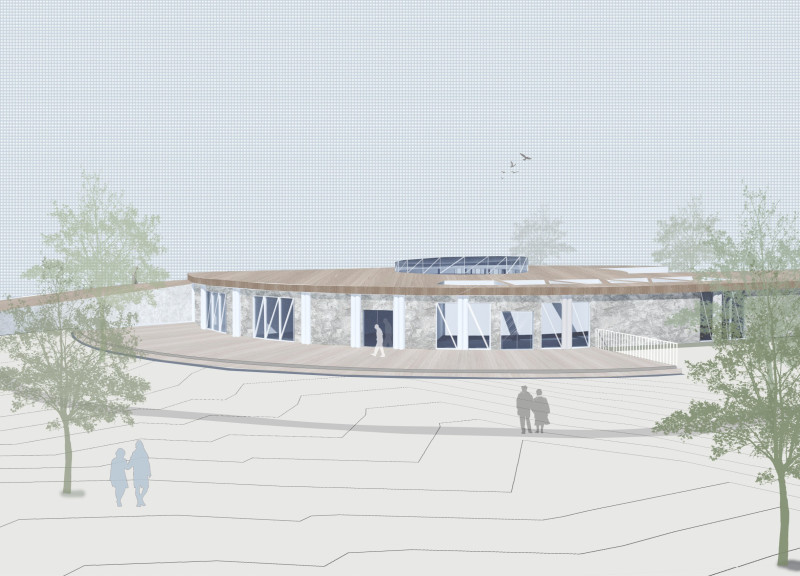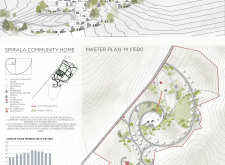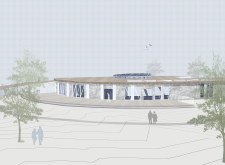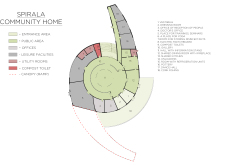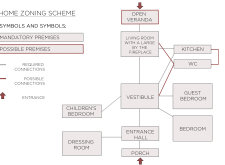5 key facts about this project
The residential units are strategically positioned along a spiraling pathway, facilitating movement and communication among inhabitants. The layout includes essential areas such as communal kitchens, recreational facilities, and landscaped outdoor spaces that invite social engagement and foster community relationships. This design reinforces the project’s core objective of creating a collaborative living environment.
Unique Design Approaches
Spirala Community Home distinguishes itself through its innovative spiral layout, which optimizes space and enhances circulation. Unlike conventional residential designs, this configuration promotes inclusivity by enabling residents to easily access shared spaces. Various materials, including local stone, wood, glass, and cork, are utilized throughout the project to enhance structural integrity and provide aesthetic value. The use of locally sourced materials not only reduces the carbon footprint but also aligns the architecture with the surrounding landscape.
Additionally, the project incorporates sustainable design strategies, such as rainwater harvesting systems and compost facilities, reinforcing its commitment to ecological responsibility. These elements increase the efficiency of resource use while fostering self-sufficiency among residents. The architectural design emphasizes transparency, with expansive glass panels that connect indoor spaces to the outdoors, offering expansive views and promoting natural ventilation.
Functional and Aesthetic Integration
The interior layouts of the residential units are designed for versatility, accommodating various uses depending on the resident's needs. Multi-functional spaces allow for adaptability, enabling areas to serve different purposes throughout the day. Communal areas, including a large dining hall with a fireplace, encourage gatherings and social activities, further enhancing the sense of belonging and cooperation among residents.
The landscaping surrounding the community is equally important; it includes communal gardens and green spaces designed for recreation, cultivation, and relaxation. This not only contributes to the residents' well-being but also enhances biodiversity.
To explore this architectural project further, including detailed architectural plans, sections, and unique design ideas, interested readers are encouraged to delve into the project presentation for a comprehensive understanding of its innovative features and design philosophy.


